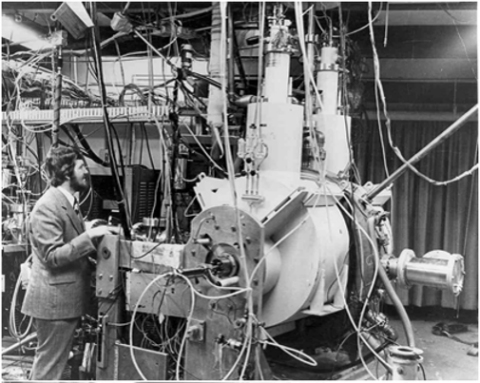BOSTON--(BUSINESS WIRE)--CALSEC, an Irvine company that pioneered "fast neutron atometry," a.k.a. atometry, announces that it is ready to launch development and production of a novel device to produce Molybdenum 99 (a.k.a. Moly-99). Moly-99 is a medical radio isotope with half-life of 60 hours, which is used in 80% of all imaging processes globally by over 100,000 hospitals in over 40 million imaging procedures annually. It decays into Technetium, which lives 6 hours and IS THE imaging isotope agent.
Currently, Moly-99 is made from weapon grade uranium-235 in a nuclear reactor, a production mechanism that is gradually declining while the demand for Moly-99 is growing past production capacity. CALSEC’s proposal employs raw material that is natural; non-radioactive Molybdenum, molybdenite ore, open-pit mined in Colorado and Nevada.
The economics of Moly-99 production are compelling. Moly-99 would be produced at 5% of current capital cost from abundant natural resources.
The proof of process is based on a similar device, built in the late 1980s that used an overlooked colliding-beam technology that copiously produced isotopes tritium and helium-3.
CALSEC network is requesting federal funds for a 6 month design study of magnetic Molytron. They are: Drs. Maglich, Hester, Vaucher and Holden of CALSEC and Professors and Laboratory Directors Earthman and Miller of UCI, and Koltick of Purdue University.




